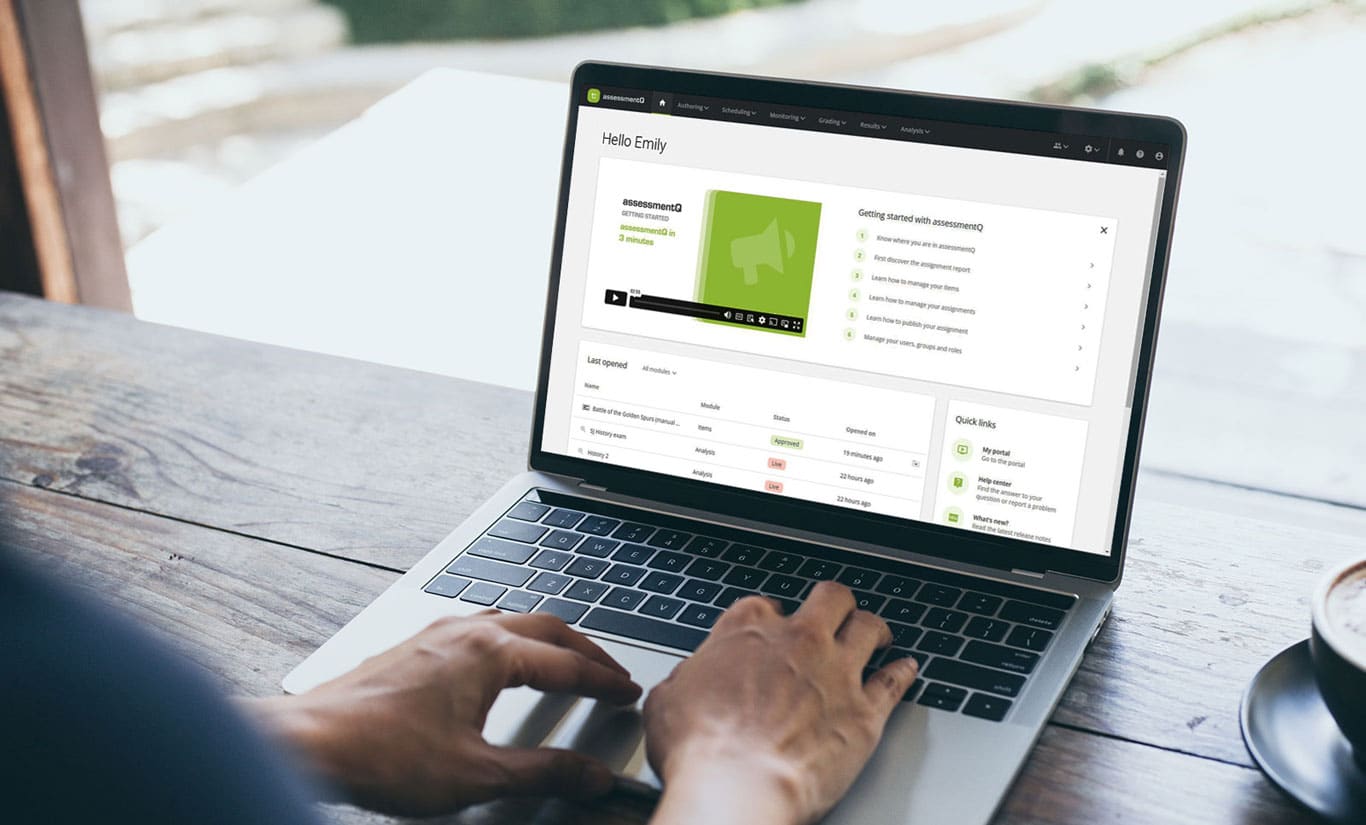
Maximise the ROI on your L&D policy with data and formative assessments
Employees are the lifeblood of every organisation, and their development is essential to achieve success. Sadly, many L&D programmes fail to achieve the intended goal, often due to the lack of a structured plan and incomplete insight into the needs that exist within a company. A more efficient approach begins with data and formative assessments. Used in combination, they have a considerable impact on both the effectiveness and the ROI of your L&D initiatives. This blog post will look into the pitfalls of traditional L&D programmes and will tell you how a data-driven approach, supported by formative assessments, can offer a structural solution.
The pitfalls of traditional L&D programmes
A traditional L&D policy is often based on decisions made in the past, without focusing on employees’ specific needs or the organisation’s present and future objectives. This generally leads to the following problems:
- Lack of clear learning goals: Without clear-cut objectives, it is difficult to measure the impact of training sessions.
- No structured follow-up: Even if the training is effective, the lack of good follow-up means that employees soon forget what they have learned and/or do not apply it in practice.
- Inefficient use of resources: Often, the resources used for large-scale training are not aligned with individual needs. This results in wasted time and resources, because the employees do not all need the same training.
The importance of data in L&D
In a data-driven world, traditional L&D methods are no longer enough. Organising a training session where people only need to confirm their physical or digital attendance is outdated. Organisations need a focused, quantifiable approach. Data plays a crucial role here, since it offers valuable insights that help you design and implement a more focused L&D policy. This approach has several clear benefits:

- Insight into knowledge: The data gives you a clear overview of the knowledge that your employees do and do not have.
- Insight into effectiveness: The data from the evaluations can be used to measure the benefits that your L&D policy yields. You can compare scores before and after training, which gives you insight into the impact of your investments and efforts.
- Hard proof: It’s important to gain insight into your employees’ knowledge and the efficiency of your L&D policy. You can do this with the data that is available to you.
Furthermore, these days it’s not enough simply to register the people who attend a training session. Attending a session doesn’t say anything at all about genuine learning outcomes. If you really want to understand what knowledge people have gained and how they apply it, you need other methods. This is where formative assessments can play an important role.
What are formative assessments?
Formative assessments are evaluations conducted during the learning process. Their aim is to offer ongoing feedback and help adjust the learning process, in contrast to summative assessments that are held at the end of the process to evaluate overall achievements.
Using formative assessments in your L&D policy offers several advantages:
- Improved learning outcomes: Continually adjusting the way you teach the participants contributes to significant improvements in their ultimate results. This is because they will actively work with the knowledge they have gained (in exercises with different types of questions), enabling them to retain that knowledge better.
- Increased involvement: Participants are more involved in the learning process because they feel supported and can see their progress instantly.
- Clearer overview: Using formative assessments gives you an overview of the results at any given moment. This ensures that you can react to any situation and make adjustments as soon as they are needed.
Implementing formative assessments
It can be quite a task to successfully integrate formative assessments into your L&D policy. The important thing is to consider the entire process in advance. There are also digital platforms for testing and exercises, such as assessmentQ, which can help you design these formative assessments. To get you started, here’s an example of a process for inspiration:

1) Baseline measurement
This is a test you get your employees to take before you organise training. It gives you insight into their current level of knowledge and what you need to focus on. These results are very valuable for determining the learning goals and KPIs.
2) Training
Based on the insights you gain from the baseline measurement, you can organise your training sessions and courses more efficiently, since it will be clear to you what knowledge the employees need to achieve the learning goals. The training or course can be composed of various elements:
- E-learning
- On-the-job training
- Workshops
- Classroom sessions
- and more.
3) Practicing and anchoring
During the course, you can add formative assessments with the aim of giving ongoing feedback and adjusting the learning process as necessary. In practice, this means getting the employees to engage actively with the knowledge they have gained. Adding interactive exercises and assessments keeps your employees involved, and they can also get immediate feedback. Ongoing exercises and regular tests help people to retain the knowledge gained and apply it in practice.
4) Testing and certifying
After the training period, formal tests can be organised to measure the results achieved. Use the data from these evaluations to monitor progress and improve the effectiveness of the L&D programme. This gives you a clear picture of the results the programme has yielded and makes your efforts visible.
About assessmentQ

assessmentQ is an intuitive testing platform for use before, during and after the training process. It allows you to:
- Organise baseline measurements
- Create exercise modules with different types of question
- Give feedback
- Hold certification tests
- Consult data on the entire training process
- Exchange results with other platforms
Use assessmentQ to apply all of these tips and make your L&D policy more efficient.
Conclusion
Traditional L&D methods often fall short when it comes to meeting goals and achieving a return on investment. However, using data and formative assessments can enable organisations to optimise their training policy. Besides ensuring better learning outcomes and saving costs, this approach increases employees’ involvement and satisfaction.
Formative assessments offer ongoing feedback, allow you to monitor the learning process and increase knowledge retention. With this data-driven approach, organisations can make their L&D programmes more effective while considerably improving their ROI.


